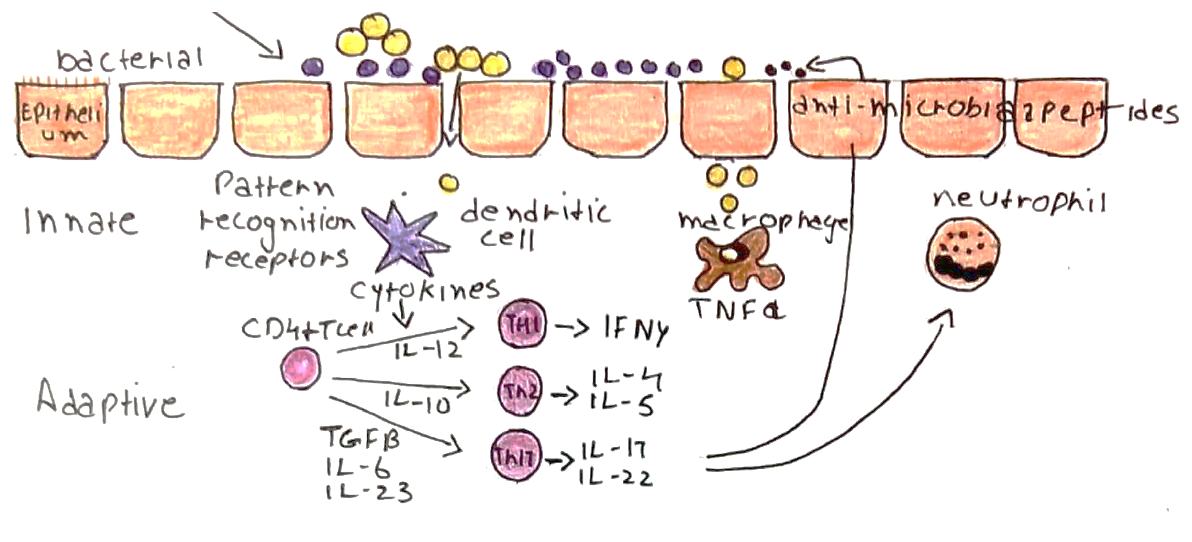Fungi are eukaryotes with a nucleus, cytoplasm and a cell membrane made of ergosterol.
– They also have a cell wall made of an outer matrix of B-1,3-linked glucans and inner layer of chitin, which is made up of chains of B-1,4-linked n-acetyl glucosamine.

Fungi can exist in many different forms:
Yeasts:
These are round unicellular organisms which multiply asexually by a process called budding
Filamentous moulds:
These form hyphae, which form an interwoven mass called a mycelium
Dimorphic:
These change morphologies depending on the external environment.
Fungi classically are grouped into 2 types of pathogens:
Systemic pathogens:
– High virulence organisms which affecting all people
– These enter through lungs but often asymptomatic
Systemic opportunists:
– These are low virulence organisms which usually affect only immunocompromised patients, but can cause severe disease
– They can enter the body from any site
Immunity
Immunity to fungi is generally mediated by pattern recognition receptors which recognise fungal PAMPs
– This leads to inflammation and release of inflammatory cytokines which upregulate cell immunity
– IL-6 and IL-23 up-regulate Th17 cells –> leads to recruitment of neutrophils
– IL-12 and TNFa up-regulate Th1 –> leads to recruitment of macrophages to phagocytose fungi


